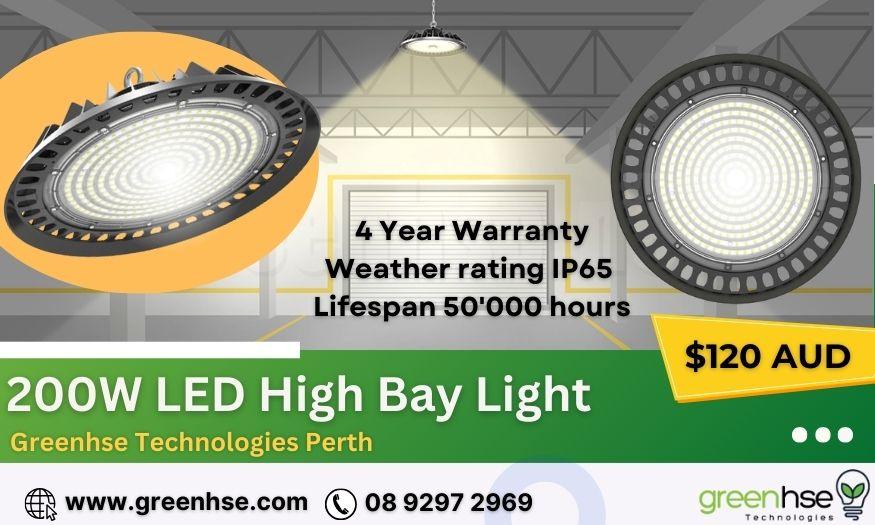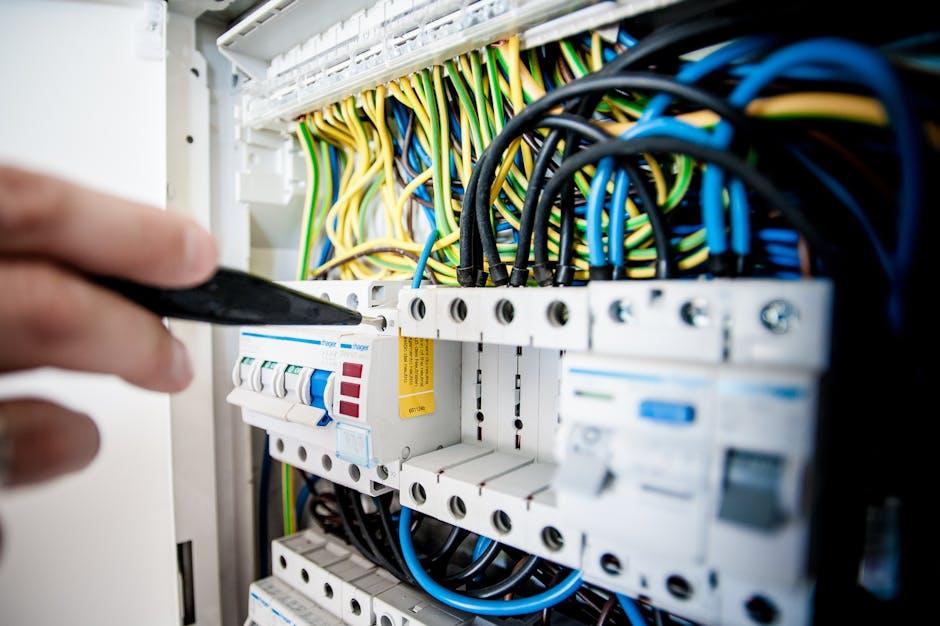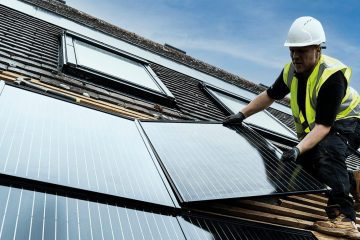Table of Contents
- Exploring the Benefits of 200W Solar Panels for Your Home
- Understanding the Efficiency and Performance of 200W Solar Systems
- Top Considerations When Choosing the Best 200W Solar Panels
- Installation Tips and Maintenance for Long-lasting 200W Solar Panels
- Maximizing Energy Savings with 200W Solar Panels: Expert Recommendations
- Q&A
- Wrapping Up


Exploring the Benefits of 200W Solar Panels for Your Home
Investing in 200W solar panels for residential use holds numerous advantages, primarily due to their optimal energy efficiency and cost-effectiveness. These panels are compact yet powerful, making them an ideal choice for homeowners with limited roof space. By harnessing solar energy, these panels help in significantly reducing electricity bills. The energy output is often sufficient to power essential home appliances, ensuring a lower reliance on grid electricity, which in turn leads to substantial long-term savings.
In addition to financial benefits, 200W solar panels contribute to environmental sustainability. By utilizing renewable energy, homeowners reduce their carbon footprint markedly. Unlike traditional energy sources, solar power is clean and does not emit harmful pollutants, making it an eco-friendly choice. Furthermore, the installation of these panels can increase property value as more buyers are seeking energy-efficient homes, which makes them a sound investment.
Key Features of 200W Solar Panels:
- Efficiency: High energy conversion efficiency ideal for residential use.
- Durability: Constructed to withstand various weather conditions, ensuring longevity.
- Versatility: Suitable for different installations – from rooftops to standalone setups.
| Feature | Detail |
|---|---|
| Panel Size | Approx. 1.6 x 1.0 meters |
| Weight | Approximately 20 kg |
| Efficiency Rating | Up to 20% |
Understanding the Efficiency and Performance of 200W Solar Systems
When investing in a solar power solution, one crucial consideration is matching the capability of the system to your energy needs. A 200W solar panel system offers an excellent balance between performance and practicality. It can efficiently meet moderate energy demand, making it an ideal choice for residential setups or small-scale off-grid applications. These systems provide a clean energy alternative with the potential to offset a significant portion of daily electricity usage. Perfect for those looking to take initial steps towards sustainability, they are particularly beneficial for RVs, boats, and tiny homes.
Efficiency is a key factor when evaluating solar panels. A typical 200W solar panel often features high-performance monocrystalline cells, known for their superior efficiency in energy conversion. This, combined with their relatively compact size, allows them to produce more power per square foot when compared to other types. Benefits include:
- Space-saving with efficient output
- Low maintenance requirements
- Robust lifespan, averaging between 25-30 years
- Simplified installation process
Understanding the performance metrics of a 200W system is key to maximizing its benefits. Output will vary based on sun exposure, geographical location, and the time of year. Below is an illustrative comparison of expected daily energy production based on sunlight hours and conditions:
| Sunlight Hours | Average Output (kWh) |
|---|---|
| 4 | 0.8 |
| 6 | 1.2 |
| 8 | 1.6 |


Top Considerations When Choosing the Best 200W Solar Panels
When evaluating 200W solar panels, it’s crucial to consider the efficiency and power output balance. The efficiency of a solar panel dictates how much sunlight it can convert into usable electricity. Opt for panels with a high-efficiency rate, typically above 18%, to ensure you’re getting maximum yield from the available sunlight. Environmental conditions, such as geographical location and the amount of direct sun exposure, will also influence the performance. Additionally, pay attention to the wattage tolerance—a narrower tolerance band generally indicates more reliable power output.
Material quality and durability are other significant aspects. Panels with high-quality cells made from robust materials such as monocrystalline silicon offer increased durability and efficiency compared to other types. Temperatures and weather variations can substantially impact adsorption, so selecting panels with suitable temperature coefficients is essential. Panels should also include reliable warranties, usually ranging from 10 to 25 years, indicating long-term durability and manufacturer confidence.
Lastly, the installation process and potential compatibility with existing systems are vital factors. Look for panels that come with comprehensive mounting arrangements and are compatible with your current inverter if applicable. A seamless integration not only enhances the ease of installation but also ensures optimal functioning of the overall solar power system. Consider the brand’s customer support and availability of professional installation services, which can greatly simplify the process.


Installation Tips and Maintenance for Long-lasting 200W Solar Panels
Proper installation is the cornerstone of maximizing the efficiency and longevity of your 200W solar panels. Begin by selecting an optimal location that receives ample sunlight throughout the year. It’s crucial to ensure that the panels are tilted at an angle that maximizes their exposure to the sun, typically matching the latitude of your location. For ease of access during maintenance, avoid placing them in hard-to-reach areas. When mounting, ensure that all fixtures are securely fastened to prevent damage from wind or debris.
To maintain peak performance, regular cleaning and inspections are essential. Dirt and debris can accumulate quickly on the surface, impeding power generation. Use the following maintenance tips to keep them functioning efficiently:
- Wipe the surface with a soft cloth and mild detergent solution.
- Inspect for any micro-cracks or damage after severe weather conditions.
- Ensure all electrical connections and wires are intact and free from corrosion.
- Trim surrounding trees or vegetation that may cast shadows.
Additionally, consider implementing a simple maintenance schedule to routinely check the panel system’s performance. The table below provides a sample schedule for keeping your solar panels in top condition:
| Task | Frequency |
|---|---|
| Surface Cleaning | Monthly |
| Inspect Electrical Connections | Quarterly |
| Check for Shading | Bi-annually |
| Inspect for Physical Damage | After Major Storms |


Maximizing Energy Savings with 200W Solar Panels: Expert Recommendations
Investing in 200W solar panels offers a picturesque blend of power efficiency and economic savings, but optimizing their performance often relies on a few well-placed strategies. First and foremost, proper placement is key. Ensure that your panels are located in areas with maximum sunlight exposure throughout the day. Avoid shading from trees, buildings, or other structures, which can significantly reduce the amount of energy collected. If necessary, trimming overgrown branches or considering pole mounting can make a substantial difference.
Beyond placement, monitoring and maintenance play crucial roles. Keep the panels clean and clear of debris such as dust, leaves, or snow. This can be managed easily through periodic cleaning, especially in dusty or snowy environments. Using a soft brush or cloth and water is typically all that’s necessary—avoid harsh chemicals that might damage the panel surface. Additionally, checking for damage and ensuring connections are tight can prevent efficiency losses.
- Optimize energy usage: Utilize energy storage solutions like batteries to store any excess energy generated, allowing you to use it during peak demand times.
- Install an energy management system: These systems can help monitor your solar energy production and consumption, offering insights into how you can adjust your usage patterns for maximum savings.
| Tip | Benefit |
|---|---|
| Track energy output | Identify performance drops |
| Angle adjustments | Maximize seasonal sunlight |



0 Comments